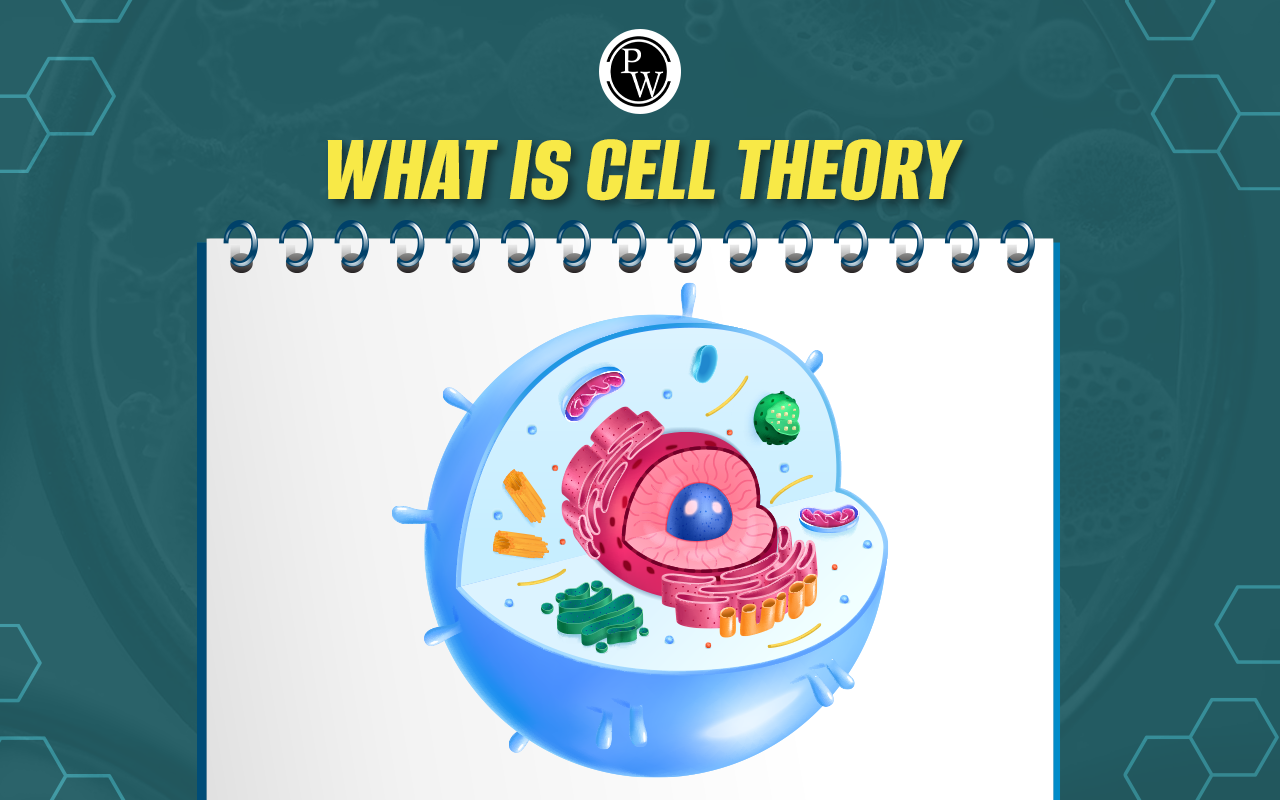
Difference Between Ethanol and Methanol : Ethanol and methanol are both organic compounds that belong to the alcohol family. They have similar chemical formulas, but different structures and properties. Ethanol, also known as ethyl alcohol, is the common alcohol found in beverages and fuels. Methanol, also known as methyl alcohol, is a toxic substance that can cause blindness and death if ingested.
In this article, we will compare and contrast ethanol and methanol, and explain why they are important topics in the NEET syllabus . NEET aspirants should have a clear understanding of the differences between ethanol and methanol, as they may be asked to identify, classify, or compare them in the chemistry section of the exam.
Difference Between Ethanol and Methanol
Ethanol and methanol are two types of alcohols that have different physical and chemical properties, as well as different uses and effects. They are both important topics in the NEET syllabus, as they are part of the organic chemistry section, which covers the structure, nomenclature, preparation, reactions, and properties of various organic compounds. Students aiming for the NEET exam should be able to Difference Between Ethanol and Methanol, as they may encounter questions that test their knowledge of their molecular formulas, functional groups, boiling points, solubility, oxidation, combustion, or toxicity. Ethanol and methanol are also relevant for the environmental and social aspects of chemistry, as they are both used as biofuels, but have different impacts on the environment and human health.
Difference Between Ethanol and Methanol Overview
Ethanol and methanol are two common alcohols that have many similarities and differences. They are both derived from organic sources, but they have different structures, properties, and effects. In the table below, we will compare and contrast some of the key features of ethanol and methanol.
|
Difference Between Ethanol and Methanol |
||
| Parameter | Ethanol | Methanol |
| Chemical Formula | C₂H₅OH | CH₃OH |
| Type of Alcohol | Ethyl Alcohol | Methyl Alcohol |
| Structural Formula | CH₃CH₂OH | CH₃OH |
| Source | Fermentation of sugars in grains or fruits | Usually produced from natural gas or synthesized |
| Toxicity | Generally considered safe in moderate amounts | Highly toxic, even in small amounts; can cause blindness or death |
| Denatured Form | Denatured ethanol is commonly used for industrial purposes | Denatured methanol is used in industrial applications, but toxicity is a concern |
| Use in Beverages | Commonly found in alcoholic beverages | Because of its toxicity, it should not be consumed. |
| Flavor and Odor | Pleasant odor and taste, typical of alcoholic beverages | Strong, unpleasant odor and taste |
| Boiling Point | Higher boiling point (78.37°C or 173.07°F) | Lower boiling point (64.7°C or 148.46°F) |
| Density | Lower density compared to methanol | Higher density compared to ethanol |
| Renewable Source | Yes, if produced from biomass or renewable resources | No, typically derived from fossil fuels |
| Flammability | Flammable, but less so than methanol | Highly flammable, poses a greater fire hazard |
| Use in Industry | Used as a solvent, in alcoholic beverages, and as a biofuel | utilized in the synthesis of chemicals, as a freezing fuel, and as an industrial solvent |
What is Ethanol?
Ethanol, also known as ethyl alcohol, is a type of alcohol with the chemical formula C₂H₅OH. It is a clear, colorless liquid and is the same alcohol found in alcoholic beverages. One way that yeast produces ethanol is by fermenting sugars. It has a wide range of uses, including as a recreational beverage, a solvent in the pharmaceutical and cosmetic industries, a fuel (bioethanol), and an antiseptic. Ethanol is generally considered safe for consumption in moderate amounts, but excessive intake can lead to health issues. 
What is Methanol?
Methanol, also known as methyl alcohol or wood alcohol, has the chemical formula CH₃OH. It is a colorless liquid that is used primarily as an industrial solvent, antifreeze, and fuel. Unlike ethanol, methanol is highly toxic to humans and should not be consumed. Ingesting even small amounts of methanol can lead to severe health issues, including blindness and death. Methanol is produced through various processes, including the destructive distillation of wood. Due to its toxicity, it is important to handle methanol with caution and adhere to safety guidelines when using it in industrial applications. Are you preparing for the NEET exam? Do you want to ace it with confidence and ease? Then join PW NEET online coaching , the best online platform for NEET aspirants. With PW NEET Online Coaching, you get support from experienced teachers, the best study material, and a series of Mock test to feel the real exam.Difference Between Ethanol and Methanol FAQs
What's the difference between ethanol and methanol?
Which alcohol is good for health ethanol or methanol?
Is methanol more harmful than ethanol?
Why is methanol more harmful than ethanol?
Is methanol flammable?










